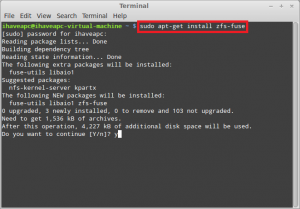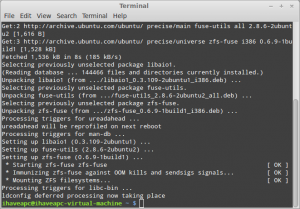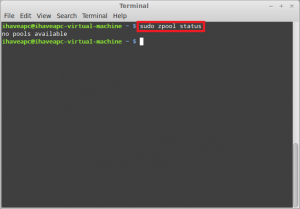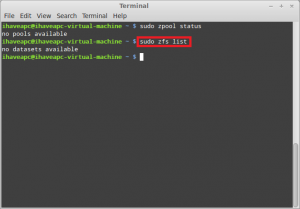If you need to create a cheap storage sub-system for storing critical data with disk redundancy, ZFS is one of the best solutions for you. In this series of tutorials, we will learn how to install ZFS on Linux Mint / Ubuntu, how to create / manage storage pools of various RAID levels and how to handle RAID rebuild. ZFS is one of the best file systems and has many advantages over other file systems, few of these are –
1. Copy-on-write transactions to prevent data loss due to sudden power / system failure.
2. Can easily address massive storage capacity (Max volume size = 16 EB).
3. Supports snapshots and clones.
4. Supports dynamic striping.
5. Cheap and efficient software RAID. No need to use dedicated RAID controller.
6. High level of data integrity. ZFS is designed to prevent and auto-repair any data corruption.
7. Supports data deduplication resulting in efficient use of storage space.
8. Supports online repair of any read / write / checksum errors.
9. Enables easy creation and management of storage pools.
10. Supports variable block sizes, manages cache efficiently and creates a lightweight file system.
ZFS is available under Linux as zfs-fuse package under CDDL. Here’s how to install ZFS in Linux Mint / Ubuntu:
1. At the terminal issue the following command to install zfs-fuse package –
sudo apt-get install zfs-fuse
2. After the installation is complete, you can run the following command to check status of ZFS pools –
sudo zpool status
(At this point no pools will be listed since we haven’t created any yet)
3. To check status of ZFS datasets, issue the following command at the terminal –
sudo zfs list
(At this point no datasets will be listed since we haven’t created any yet)
[To be continued in Part 2…]





[…] on July 05, 2012 with No Comments Continuing from Part 1, in this second part of the tutorial we’ll learn how to create ZFS storage pools with […]